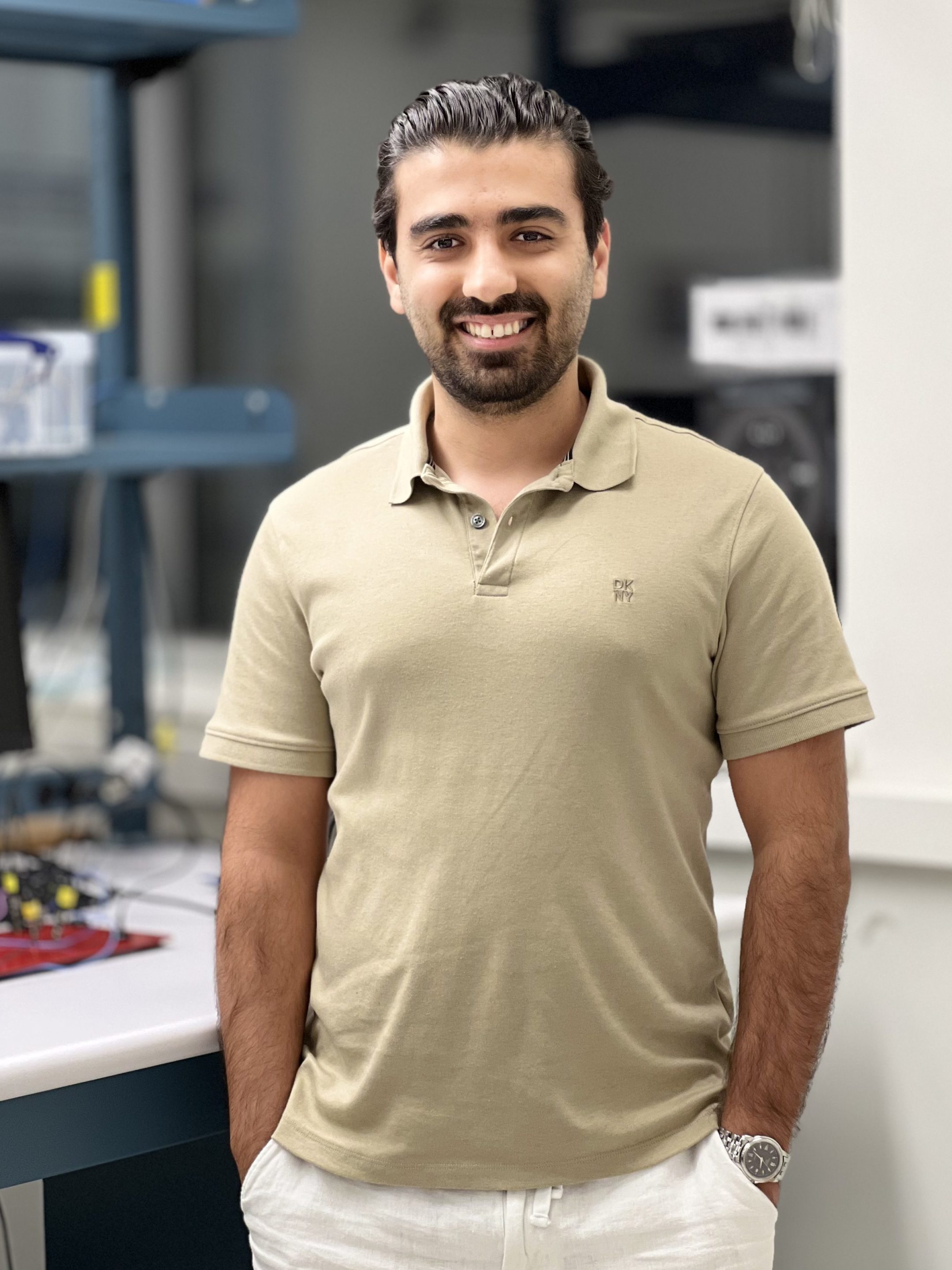
Mohammad Riahi Wins Graduate Diversity Enrichment Program Award
Congrats to Mohammad Riahi on receiving the Graduate Diversity Enrichment Program (GDEP) award. Sponsored by the Burroughs Wellcome Fund, this award provides $5000 over two years to support Ph.D. students with enhanced research enrichment opportunities.
November 7, 2025 ![]() Ava Francischiello
Ava Francischiello
Congratulations to Mohammad Riahi, Ph.D. student in the Department of Electrical and Computer Engineering, on receiving the Graduate Diversity Enrichment Program (GDEP) award. Sponsored by the Burroughs Wellcome Fund, this award provides $5000 over two years to support Ph.D. students with enhanced research enrichment opportunities.
This award will support Riahi’s research on biomedical devices. He has worked to create a battery-free optical stimulation device that is planted into the middle prefrontal cortex (mPFC) of mice. The device uses radio waves for power, requiring only a few milliwatts of energy to operate.
“I am very grateful for this award and proud to be part of a community that values diversity,” said Riahi. “This recognition provides vital financial support and, just as importantly, a strong sense of encouragement for my research and its impact on the community. It will motivate me and those around me to continue appreciating diversity and to support early-career colleagues, just as we were supported in years past.”
Riahi began his undergraduate studies in the College of Agriculture and Life Sciences at NC State in 2017. Shortly after, he switched his major to Biomedical Engineering. He began pursuing his Ph.D. at NC State ECE in 2022.

“Since my junior year, I have always loved the nuances and the details that go into making the electronic parts of a biomedical device work,” said Riahi. “I even made a device for SIDS prevention in my senior design project, which was my first semi-professional exposure to low-power electronics in biomedical applications, and I loved it”.
While in the first year of his Ph.D program, Riahi searched for a research position that would allow him to continue pursuing and developing his interests; he found this position working with his faculty advisor, Assistant Professor Abraham Vázquez-Guardado as part of the as part of the Vázquez Research Group.
“To me, dealing with unknowns and doing my best to turn them into knowns is very sweet, which is basically what Ph.D. programs are about. I believe this is very important because not only will this lead to higher, deeper learning, but this will also lead to collective understanding that drives innovation.”
